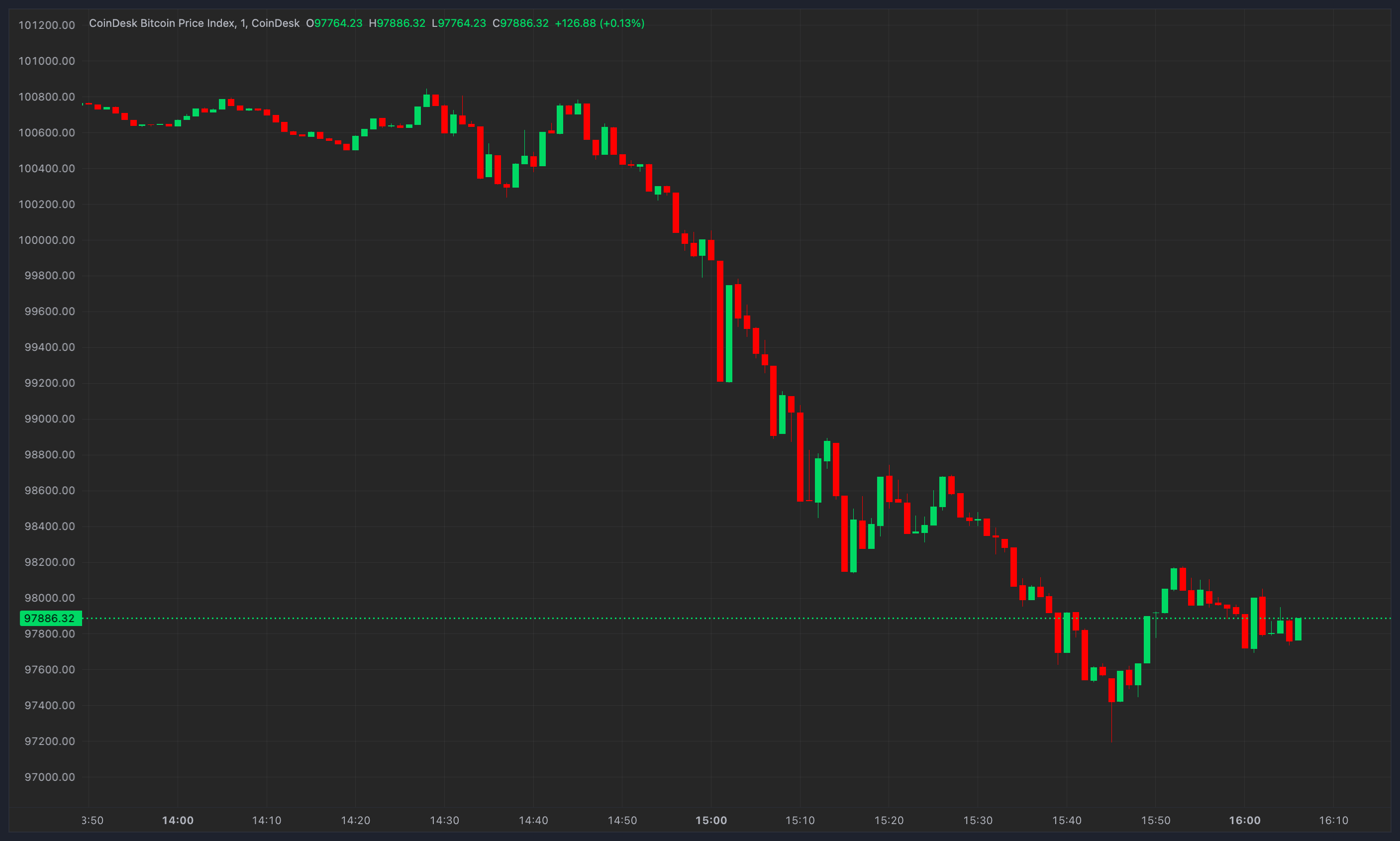In recent years, Ethereum (ETH) has established itself as the leading blockchain in the cryptocurrency market due to its ability to facilitate the use of smart contracts. This feature allows for the creation of decentralized applications (dApps), tokens and other applications without the need for intermediaries.
However, as the network has grown in popularity, it has also experienced issues with scalability and high transaction fees. In response to these challenges, several competitors such as Cardano (ADA), Solana (SOL) and Avalanche (AVAX) have emerged to address the scalability issues faced by Ethereum.
Despite the emergence of rival blockchain platforms that boast advanced technology, Ethereum remains the most secure option due to its proven track record over time. In order to address its scalability and cost issues, solutions such as Layer 2 protocols have emerged as a means to enhance the Ethereum blockchain.
Two notable examples of Layer 2 solutions are Polygon (MATIC) and Optimism (OP). Both protocols aim to increase scalability on the Ethereum network, but they have distinct differences in their approach.
Polygon vs. Optimism
Polygon, also known as Matic Network, is a Layer 2 scaling solution that aims to improve Ethereum’s scalability by using a layered architecture. This architecture allows for the faster and more efficient execution of smart contracts and decentralized applications.
Optimism is another Layer 2 scaling solution that aims to improve Ethereum’s scalability by enabling faster and lower-cost transfers on the network by transaction aggregation. Additionally, Optimism’s Layer 2 supports more advanced smart contract functionality.
Despite both Polygon and Optimism aiming to improve Ethereum’s scalability, they achieve this through different methods.
Polygon uses ZK-Rollups, which makes use of zk-SNARKs, a zero-knowledge proof technology, to validate transactions without revealing the details of the transactions. This allows for a large number of transactions to be grouped into a single block, thereby increasing the processing capacity of the blockchain.
On the other hand, Optimism uses a mechanism called Optimistic Rollups, which uses a leader mechanism to ensure security. Transactions are processed outside of the main blockchain but are still considered secure as long as they are confirmed in an honest manner by the leader.
But which one is best for Ethereum?
One of the leading authorities on this topic is Ethereum co-creator Vitalik Buterin. According to Buterin, second-layer Zero Knowledge Rollups (ZK-Rollups) are likely to ultimately surpass Optimistic Rollups as the preferred scalability solution for the Ethereum network.
While Buterin acknowledges that the Optimistic solution is currently more advanced, he believes that the underlying technology of ZK-Rollups will ultimately prove to be superior in the long run. Furthermore, Buterin notes that ZK-Rollups are faster at facilitating transactions on and off the main network, which could lead to increased adoption of this technology.
Read More: news.google.com

%20and%20Optimism%20(OP)-%20Which%20Technology%20Is%20More%20Beneficial%20for%20Ethereum%20(ETH)?.jpeg)







 Bitcoin
Bitcoin  Ethereum
Ethereum  Tether
Tether  XRP
XRP  Solana
Solana  Dogecoin
Dogecoin  USDC
USDC  Cardano
Cardano  Lido Staked Ether
Lido Staked Ether  TRON
TRON  Avalanche
Avalanche  Sui
Sui  Wrapped stETH
Wrapped stETH  Toncoin
Toncoin  Chainlink
Chainlink  Shiba Inu
Shiba Inu  Stellar
Stellar  Wrapped Bitcoin
Wrapped Bitcoin  Hedera
Hedera  Polkadot
Polkadot  WETH
WETH  Bitcoin Cash
Bitcoin Cash  LEO Token
LEO Token  Uniswap
Uniswap  Hyperliquid
Hyperliquid  Pepe
Pepe  Litecoin
Litecoin  Wrapped eETH
Wrapped eETH  NEAR Protocol
NEAR Protocol  Ethena USDe
Ethena USDe  USDS
USDS  Aptos
Aptos  Internet Computer
Internet Computer  Aave
Aave  Render
Render  Mantle
Mantle  Bittensor
Bittensor  Cronos
Cronos  POL (ex-MATIC)
POL (ex-MATIC)  Ethereum Classic
Ethereum Classic  Virtuals Protocol
Virtuals Protocol  WhiteBIT Coin
WhiteBIT Coin  Artificial Superintelligence Alliance
Artificial Superintelligence Alliance  Tokenize Xchange
Tokenize Xchange  MANTRA
MANTRA  Monero
Monero  Arbitrum
Arbitrum